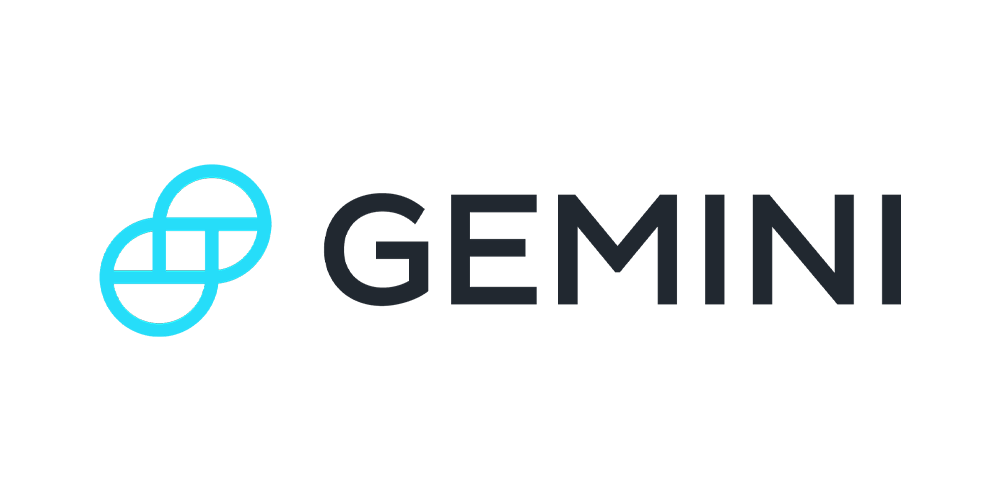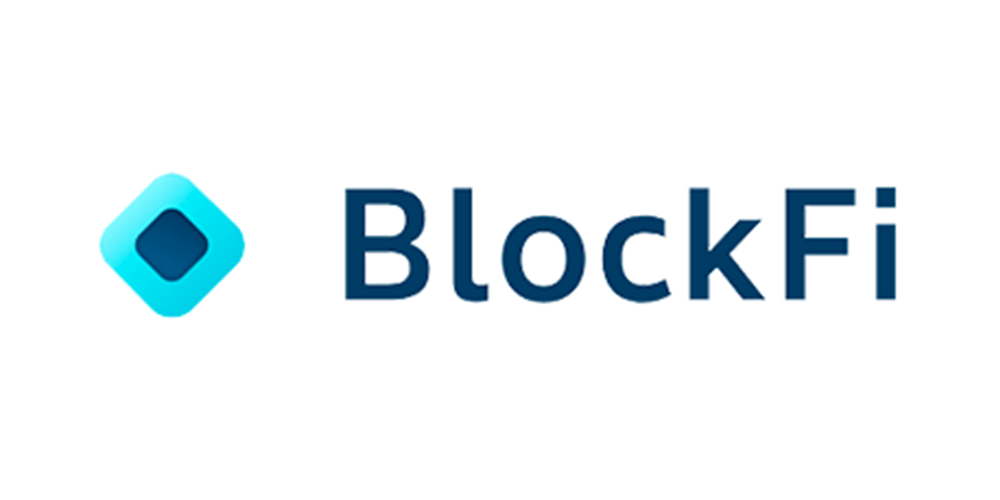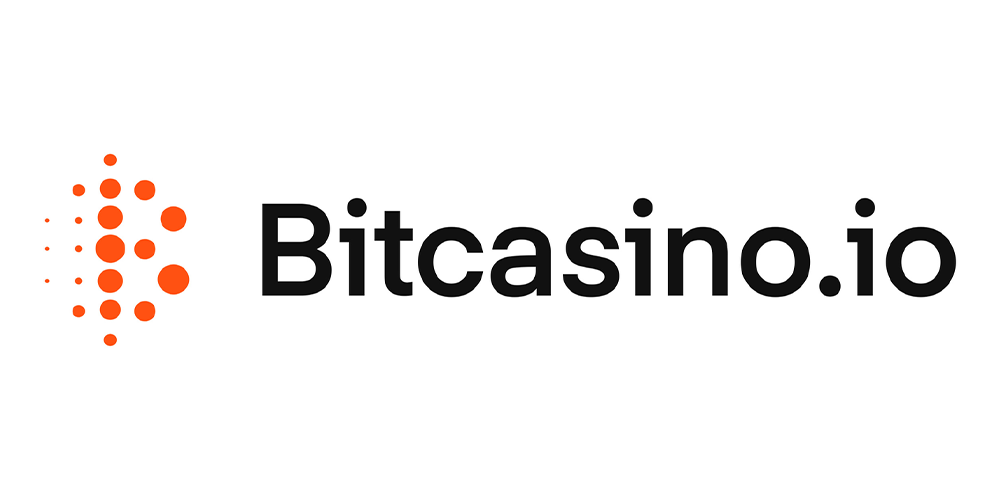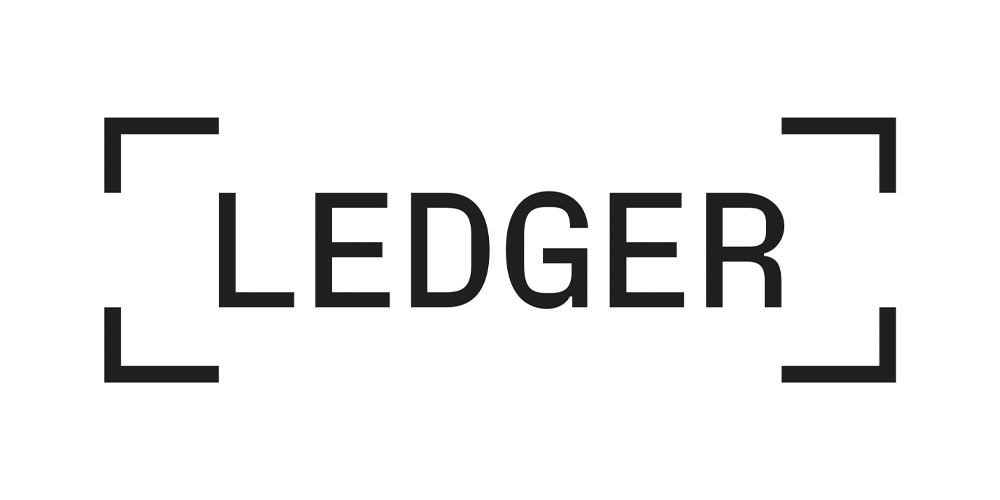Why Terra Luna Collapsed with Jonathan Wu
Where to find the show
Download Episode MP3 File
The file will open in a new window. Click down arrow to download the file.
“The larger these stable coins are, the more adoption there is, and the more stable they’re likely to be. But then the worse and more contagious the effect is if it fails. It’s almost like you have to be really big, in order for it to be stable. But once you get that big, the cost of failure is immense.”
SHOW DESCRIPTION
Jonathan Wu is head of growth at Aztec network. In this interview, we pick over what happened when the stablecoin UST crashed, how it linked to the Terra blockchain and Luna governance token, the issues with recursive lending, and the need for financial disclosure in the industry.
- - - -
Stablecoins have provided financial sovereignty for millions who have been failed by their financial institutions and want predictable value in a currency. So, the failure of a stablecoin that had been financially backed by some of the biggest investors in DeFi has been particularly traumatic for many investors.
Unlike some stablecoins, UST, native stablecoin of the Terra Blockchain, was under collateralized i.e. it wasn’t backed by another asset. Maintaining its peg to the dollar was (theoretically) stabilized algorithmically: linkage of UST to a governance token, Luna, and a complex dance of creation and burning of both of these coins. In theory, this enabled UST to remain decentralized.
In practice, there were some inherent weaknesses in the process. Not only was the stablecoin designed to be a payments rail, but the governance token, Luna, could be staked to derive yield. It was accepted by lending protocols that allowed for recursive lending (rehypothecation), an activity raised as a significant risk to DeFi by many critics of yield farming (e.g. Allen Farrington).
Then the house of cards started to crumble. Or, as Jonathan describes it: the death spiral began. The result was a quick unravelling of an asset, which had had a market cap of over $18 billion. An asset that many investors believed, wrongly, was devoid of the risks associated with altcoins. An asset now with an effective value of zero.
The story involves large profits being made by major investors, a CEO who overplayed his hand and got some major calls wrong, some shady characters in the DeFi lending ecosystem, complex strategies not many understand, and a lot of people who could ill afford to lose their investments getting seriously burned.
The critical issue is this again places Bitcoin in a bind. Its price was directly affected, but its reputation suffers: retail investors are warier to adopt, and regulators are more empowered to pounce. There is a lot for the industry to learn, and learn quickly. The stakes are currently stacked unfairly, and it’s the same people who end up losing.
TIMESTAMPS
00:03:58: Introductions
00:09:49: Terra and LUNA 101
00:14:38: Anchor protocol and LUNA UST
00:22:01: The collapse of Abracadabra
00:27:33: The LUNA Foundation Guard
00:31:22: Protection for investors, the SEC and 10-K reports
00:34:34: Changing risks in permissionless markets
00:39:44: VCs benefiting, investors losing and the trust model
00:46:39: The role of Bitcoin in the Terra LUNA collapse
00:52:22: The bigger the scale, the bigger the fail
00:59:12: Successes and failures in DeFi
01:02:39: Impact of Terra LUNA crash on other stablecoins
01:06:39: Play to earn, proof of stake and the Ethereum merge
01:13:39: Final comments
SUPPORT THE SHOW
If you enjoy The What Bitcoin Did Podcast you can help support the show by doing the following:
Become a Patron and get access to shows early or help contribute
Make a tip:
Subscribe on iTunes | Spotify | Stitcher | SoundCloud | YouTube | TuneIn | RSS Feed
Leave a review on iTunes
Share the show and episodes with your friends and family
Subscribe to the newsletter on my website
Follow me on Twitter Personal | Twitter Podcast | Instagram | Medium | YouTube
If you are interested in sponsoring the show, you can read more about that here or please feel free to drop me an email to discuss options.
SPONSORS
SHOW NOTES
Connect with Jonathan:
On Twitter
Mentioned in the interview:
‘The Guilt Is Unbearable’: UST-Luna Investors Discuss the 99.99% Crypto Crash - Vice, May 13th 2022
Crash of the High Yield DAOs – Was It a Scam All Along? - Unblock, Apr 4th 2022
How the Anchor protocol helped sink Terra - The Verge, May 20th 2022
Here come the single-digit SaaS multiples - TechCrunch, May 14th 2022
The downfall of Daniele Sesta and $TIME - CoinCulture, Feb 8th 2022
How a Trash-Talking Crypto Founder Caused a $40 Billion Crash - NY Times, May 20th 2022
Other Relevant WBD Podcasts:
WBD425: Bitcoin Vs Altcoins 2 with Alex Gladstein & Erik Voorhees
WBD405: The Bitcoin v Crypto War with Udi Wertheimer, Crypto Cobain, Alex Gladstein & Allen Farrington
WBD395: Tokenised Securities & NFTs on Bitcoin with Adam Back & Samson Mow
WBD369: Why Altcoins are Technically Flawed with Nadav Kohen
WBD340: Pantera's $115k Bitcoin Price Target with Dan Morehead
WBD317: What Traditional Investors Think of Bitcoin with Raoul Pal
WBD297: Questions for Tether with Paolo Ardoino & Stuart Hoegner
WBD270: Bitfinex - The Hacks, Tether and Bitcoin with Paolo Ardoino












